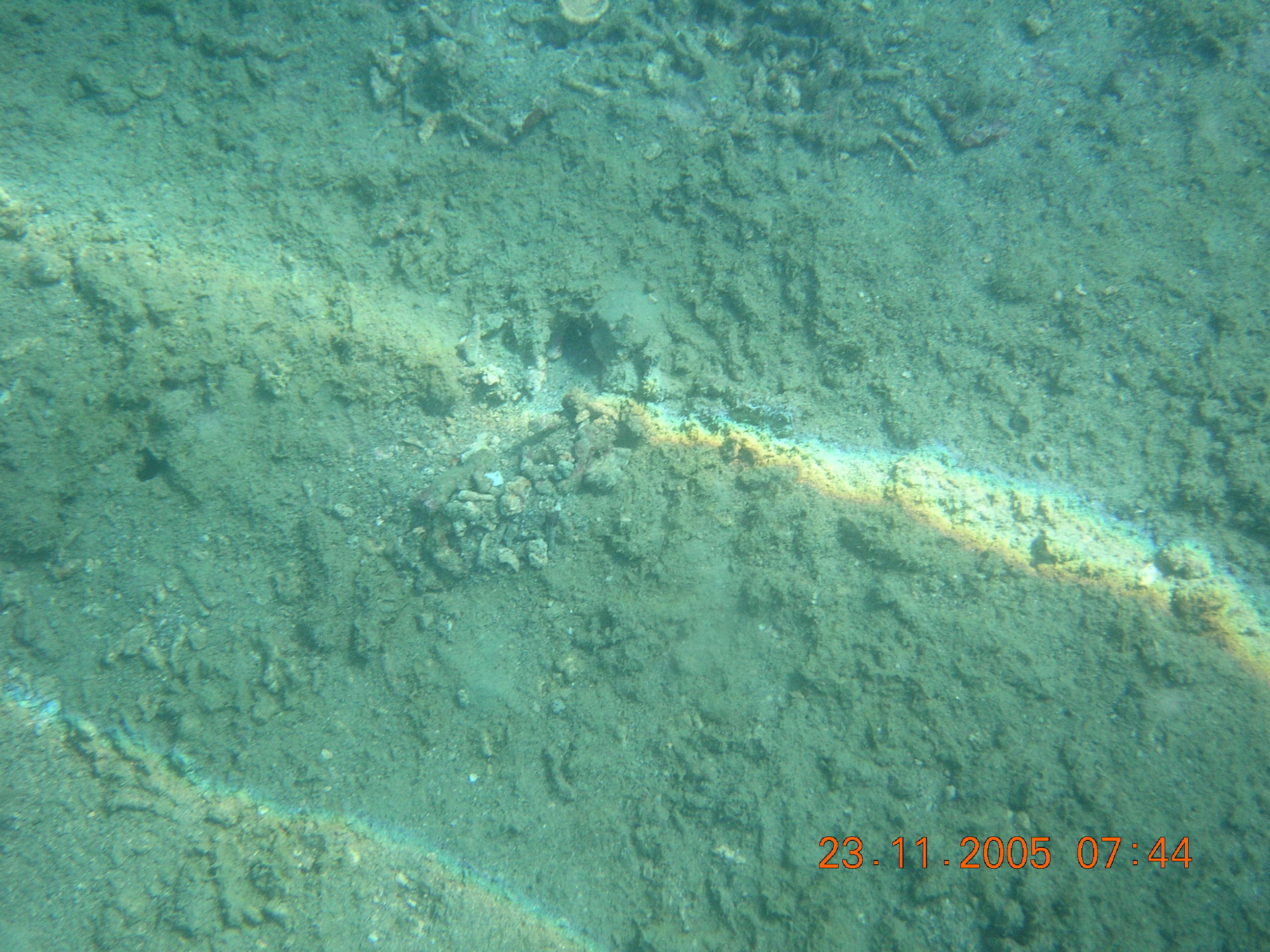|
|
Subtidal low energy over gravelShort descriptionSubtidal low energy gravels (including cobbles and pebbles) with or without low density structural macrobiota. Disclaimer: Ecosystem type descriptions are based on biophysical attributes identified in Central Queensland through expert advice and supported by scientific literature. Not all ecosystem types are mapped based on current inventory, and many of the ecosystems described here may also occur in other parts of Queensland.
Classification categoriesSelect from the links below to view related ecosystem type categories Long descriptionSubtidal low to very low energy gravels (including cobbles and pebbles) with or without low density structural macrobiota. Gravels can be of various Substrate compositions, such as terrigenous (i.e. fragments of decomposed rock or stones washed out of substrates) and carbonate (i.e. coarse shellgrits and coral rubble and fragments). Biota are highly variable, including very low densities of isolated hard and soft corals, other octocorallians* and sponges, that are insufficiently dense to map as a biota ecosystem. Carbonate gravels composed of shell or coral rubble are habitats for a variety of invertebrates (e.g. gastropod molluscs including cowries, cones and murexes, or burrowing bivalve molluscs). *Octocorallia is a subclass of the class Anthozoa in the phylum Cnidaria, and include soft corals, gorgonians, sea whips, sea pens, sea fans and octocorals. Like some of the many other anthozoans, octocorallians are sessile polyp-bearing animals with a mobile larval phase. Octocorallians are distinguished by the eight (i.e. octo) tentacles in each polyp. Most octocorallians do not deposit a rigid calcium carbonate exoskeleton, and therefore tend to attach to reefs rather than contribute to reefal frameworks as per the reef building Scleractinian (hard) corals[1]. Special valuesWhere biota grows on gravels, these can be biodiverse areas with a wide variety of taxa. Coral rubble areas in and surrounding coral reef lagoons. Mobile crustaceans such as Moreton Bay bugs (Thenus orientalis) occur in deep waters. Diagnostic attributes:Inundation 'subtidal' Benthic depth 'shallow (0-10m)', 'deep (10-30m)', 'very deep (>30m)' Sediment texture 'Gravel', 'muddy Gravel, 'sandy Gravel', '(muddy) sandy Gravel' QualifiersThe Naturalness qualifier may be relevant in areas of trawl or dredge fisheries. DistributionLow energy subtidal gravels occur throughout Queensland waters in the nearshore area and on the continental shelf. The following relates to distribution of this ecosystem type within the Central Queensland mapping area:
CommentsSubstrate composition and Morphology are relevant. References
Last updated: 11 July 2019 This page should be cited as: Department of Environment, Science and Innovation, Queensland (2019) Subtidal low energy over gravel, WetlandInfo website, accessed 25 June 2024. Available at: https://wetlandinfo.des.qld.gov.au/wetlands/ecology/aquatic-ecosystems-natural/estuarine-marine/descriptions/107/ |

 — Department of Environment, Science and Innovation
— Department of Environment, Science and Innovation


